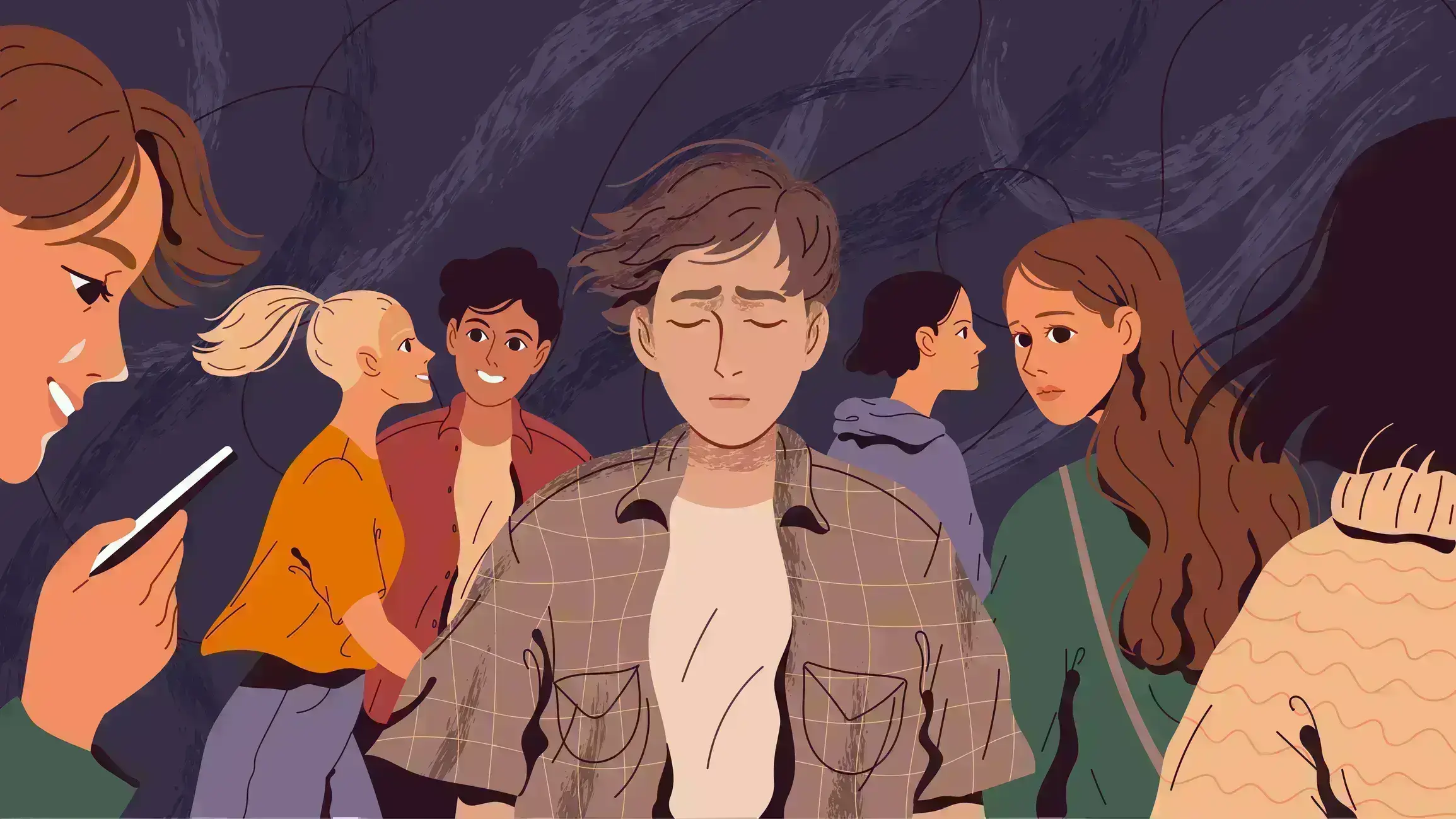Anhedonia refers to the reduced ability to experience pleasure and happiness1. It is one of the key negative symptoms in patients with schizophrenia, and it has also been observed in major depressive disorder (MDD), bipolar disorder (BP), substance use disorder, and post-traumatic stress disorder (PTSD)1,2. An improved ability to understand the neural mechanisms underlying anhedonia will facilitate the development of treatment approaches to address it.
Neural pathways and interventions in anhedonia
At the Schizophrenia International Research Society (SIRS) 2023 symposium, Prof. Raymond Chan (Institute of Psychology, Chinese Academy of Sciences, China) highlighted some of the neural circuitry involved in pleasure/reward pathways that has been identified through brain mapping. He also described interventions that target the functioning of these neural pathways, which show promise in the quest to ameliorate anhedonia1.
The reward process is described as having four components: anticipation, consumption, learning and effort computation1. Brain mapping of pathways of these reward components in patients with schizophrenia have shown significant deactivation in the cingulate cortex with reward anticipation, deactivation of the left cerebellar lobule IV/V area, right insula and right inferior frontal gyri with reward consumption, decreased activation in the right putamen, right thalamus and left cerebellar crus with reward learning, and decreased activation of the ventral striatum, and deactivation of the caudate nucleus, cingulate cortex, prefrontal lobe and parietal areas with effort computation1.
An improved ability to understand the neural mechanisms underlying anhedonia will facilitate the development of treatment approaches to address it
Further multi-model analyses for reward anticipation and reward learning found common brain functional impairments in the cortical, subcortical and cerebellar regions.
Mapping of brain activation in healthy monozygotic and dizygotic twins when performing the monetary incentive delay task showed that pleasure experience and anhedonia were significantly correlated with the activation of the nucleus accumbens (NAcc). Participants who underwent a training regimen (improving motivation through real-time functional MRI based self-regulation of the NAcc) showed improvement in the reward circuit. There was no improvement in participants who did not undergo the training.1
Participants who underwent a training program showed improvement in functioning of the reward circuits in their brains
Prospection is defined as the ability to “pre-experience” the future by simulating it in our minds. Affective forecasting is defined as the ability to predict one’s emotional feedback in the future. Both of these processes are blunted in patients with schizophrenia. Brain mapping has demonstrated decreased functional connectivity with the retrosplenial cortex in patients with anhedonia, compared to controls. Prospective conditioning in patients with a high level of social anhedonia showed enhanced connectivity between the right caudate and the inferior occipital gyrus1.
Patients with schizophrenia have a decreased ability to “pre-experience” the future by simulating it in their minds
Future directions
Dr. Chan introduced the audience to the Seamless Mental-health International League (SMILE), a research network for transdiagnostic and subclinical groups. It is an international collaboration dedicated to the investigation of biomarkers, psychopathology, and interventions for mental health disorders. He also made the audience aware of the International Consortium on Schizotypy Research, a consortium established in 2013 with the goal of bringing researchers together to collaborate and engage in research and development.
Dr. Chan’s ultimate goal is to develop tools to improve anhedonia in patients with schizophrenia, and to find ways to prevent at-risk individuals from developing mental illness1.
Our correspondent’s highlights from the symposium are meant as a fair representation of the scientific content presented. The views and opinions expressed on this page do not necessarily reflect those of Lundbeck.




